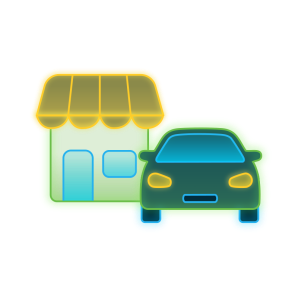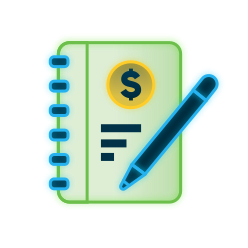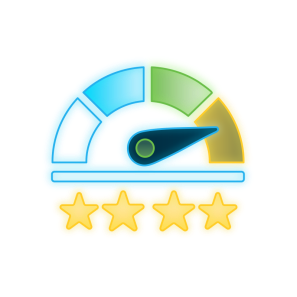Course Description
In the seventh lesson of our "Accounting 101" series, “Noncurrent Assets,” you will explore tangible and intangible long-term assets. This course will cover the historical cost principle, the valuation of assets, and how to calculate depreciation and amortization. You’ll also learn how to account for selling or otherwise disposing of assets.
By the end of this course, you will able to answer questions such as:
• How do depreciation and amortization work?
• How are noncurrent assets presented on the balance sheet?
• What is the impact of disposing of noncurrent assets on the income statement?
Tangible vs. Intangible Assets

The Historical Cost Principle

Accounting for Noncurrent Assets Overview

Straight-Line Depreciation

Intangible Assets: Economic vs. Useful Life

Accumulated Depreciation and Book Value

Gains and Losses on the Sale of Noncurrent Assets

Course Review

Course Quiz




